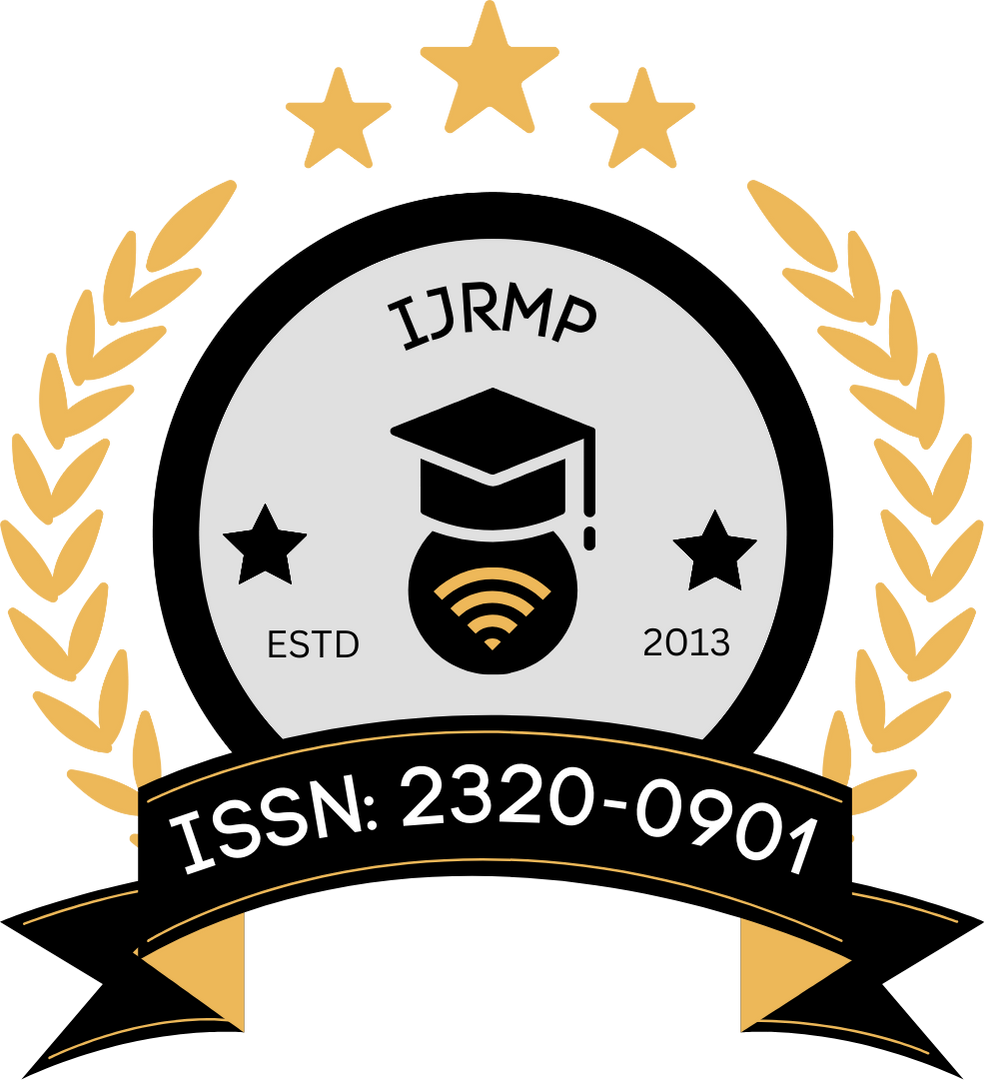![]()
DOI: https://doi.org/10.63345/ijrmp.org.v9.i1.2
Aarav Sharma
Dehradun, Uttarakhand, India
Abstract
The unprecedented global outbreak of COVID-19 has had a transformative impact on the pharmaceutical industry, particularly in the realms of logistics and supply chain management. This study investigates the multifaceted challenges and adaptations that emerged within the global pharmaceutical supply chain during the pandemic. Drawing upon pre-pandemic literature up to 2019 and incorporating a statistical analysis of key performance metrics, our research examines disruptions, strategic responses, and long-term implications. We utilized a mixed-methods approach combining quantitative data analysis and qualitative insights from industry experts. Findings reveal that while pre-existing supply chain frameworks were efficient under normal conditions, the COVID-19 crisis exposed significant vulnerabilities and highlighted the need for resilient, flexible, and digitally integrated supply networks. The study concludes with recommendations for policy makers and industry stakeholders to enhance preparedness and robustness against future global disruptions.
Keywords
COVID-19; Pharmaceutical Logistics; Supply Chain Management; Global Supply Chain; Resilience; Disruption; Digital Integration
References
- https://www.google.com/url?sa=i&url=https%3A%2F%2Fwww.cgdev.org%2Fblog%2Funderstanding-impact-covid-19-essential-medicine-supply-chains&psig=AOvVaw22wRhKzoXcdQwII421GcN2&ust=1740669124344000&source=images&cd=vfe&opi=89978449&ved=0CBQQjRxqFwoTCLDzvPnP4YsDFQAAAAAdAAAAABAE
- https://www.google.com/url?sa=i&url=https%3A%2F%2Fwww.kohezion.com%2Fblog%2Fsupply-chain-management-in-pharma-industry&psig=AOvVaw1BHEBKMZRlBDtzboPFeheF&ust=1740669296911000&source=images&cd=vfe&opi=89978449&ved=0CBQQjRxqFwoTCIi_usvQ4YsDFQAAAAAdAAAAABAZ
- Christopher, M. (2016). Logistics & Supply Chain Management. Pearson Education.
- Mentzer, J. T., DeWitt, W., Keebler, J. S., Min, S., Nix, N. W., Smith, C. D., & Zacharia, Z. G. (2018). Defining Supply Chain Management. Journal of Business Logistics, 39(1), 1–25.
- World Health Organization. (2017). Global Health Supply Chain Framework. World Health Organization.
- Chopra, S., & Meindl, P. (2016). Supply Chain Management: Strategy, Planning, and Operation (6th ed.). Pearson.
- Simchi-Levi, D., Kaminsky, P., & Simchi-Levi, E. (2014). Designing and Managing the Supply Chain: Concepts, Strategies, and Case Studies (3rd ed.). McGraw-Hill Education.
- Stadtler, H. (2015). Supply Chain Management and Advanced Planning: Concepts, Models, Software, and Case Studies. Springer.
- Hines, P., & Rich, N. (1997). The seven value stream mapping tools. International Journal of Operations & Production Management, 17(1), 46–66.
- Lambert, D. M., Cooper, M. C., & Pagh, J. D. (1998). Supply Chain Management: Implementation Issues and Research Opportunities. The International Journal of Logistics Management, 9(2), 1–19.
- Ellram, L. M., Tate, W. L., & Billington, C. (2001). Effective Supply Chain Management: Elemental Strategies for Success. International Journal of Physical Distribution & Logistics Management, 31(4), 249–264.
- Christopher, M., & Peck, H. (2004). Building the resilient supply chain. The International Journal of Logistics Management, 15(2), 1–14.
- Saghafian, S., & Van Oyen, M. P. (2019). Operations Management in Healthcare: Strategy and Practice. Springer.
- Mentzer, J. T., & Moon, M. A. (2004). Understanding demand. Supply Chain Management Review, 8(6), 18–27.
- Harland, C. M. (1996). Supply chain management: Relationships, chains and networks. British Journal of Management, 7(s1), S63–S80.
- Lee, H. L., Padmanabhan, V., & Whang, S. (1997). The bullwhip effect in supply chains. Sloan Management Review, 38(3), 93–102.
- Richey, R. G., & Blanchard, D. (1993). Defining supply chain management. International Journal of Logistics, 2(2), 57–66.
- Ketchen Jr, D. J., & Hult, G. T. M. (2007). Bridging organization theory and supply chain management: The case of best value supply chains. Journal of Operations Management, 25(2), 573–580.
- Melnyk, S. A., Davis, E. W., Spekman, R. E., & Sandor, J. (2010). Outcome-driven supply chains. MIT Sloan Management Review, 51(2), 33–38.
- Fisher, M. L. (1997). What is the right supply chain for your product? Harvard Business Review, 75(2), 105–116.
- Godsell, J. (2003). Measuring business performance: A new approach to business excellence. International Journal of Productivity and Performance Management, 52(7), 717–733.
- McKone, K. E. (2008). Managing Customer Relationships in Supply Chains: Using Customer Information to Enhance Customer Satisfaction and Loyalty. Palgrave Macmillan.
